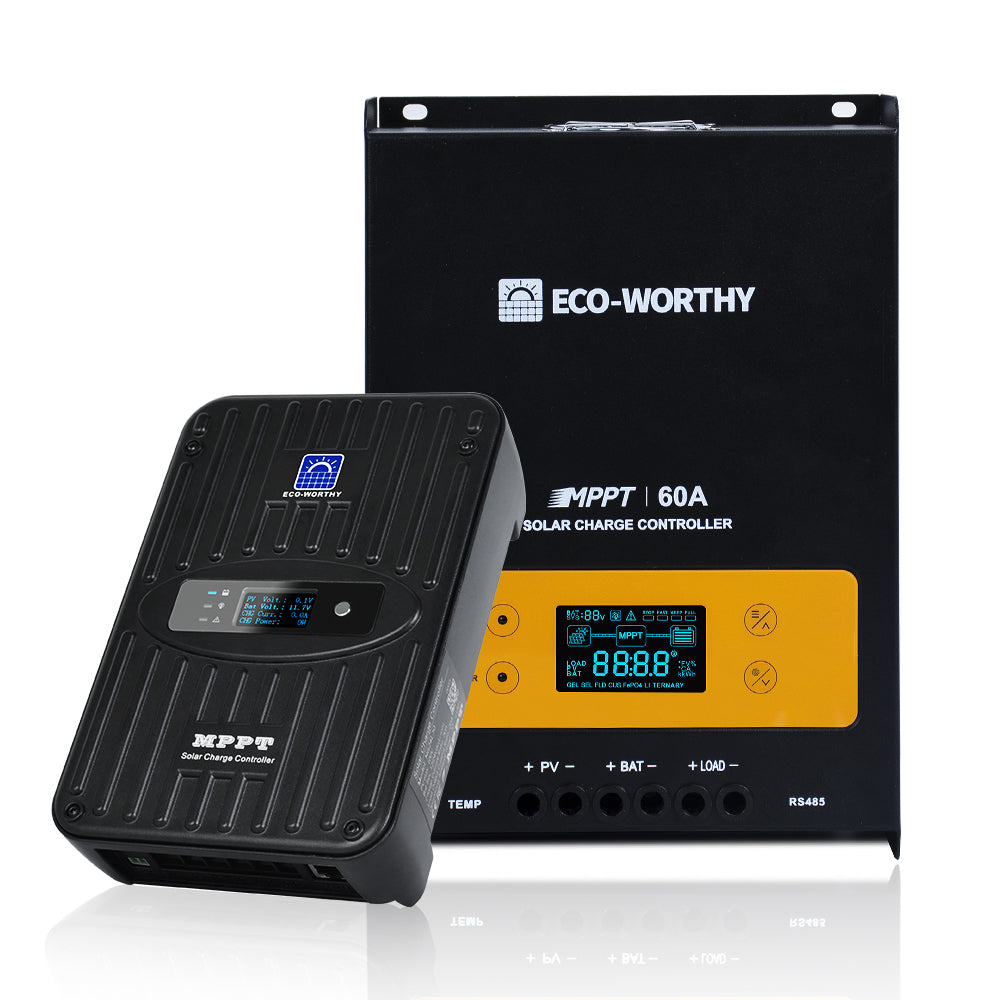How Many Sun Hours do I Need? Calculating Peak Sun Hours
When weighing the decision of whether or not going solar makes sense for your roof or location, one of the first questions you may ask is “how many sun hours do I need for solar to be worth it?” The reason this question is important is because there is a significant range across the country for average peak sun hours. In this article, we’ll explain which states offer the best sun hour value and how much sunlight intensity in your state should impact your decision to go solar.
How Many Sun Hours do Solar Panels Need?
The simple answer to this question is that there is no simple answer because a home’s suitability for solar will depend on a number of factors: roof angle, electricity bill cost and available sunlight. However, when looking at the best states for solar in the U.S. there certainly is a trend: having at least 4 hours of typical peak sunlight is best for solar panels.
What is a “peak sun hour”?
An important clarification to make with the term “sun hour” is that it does not refer to merely hours of daylight. While many areas of the U.S. will have practically the same total daylight, some states may only average two peak sun-hours per day while others will average as many as seven.
A peak sun-hour is typically defined as an hour of sunlight that offers 1,000 watts of photovoltaic power per square meter. Peak sunlight hours describe the intensity of sunlight in a specific area. Peak sun-hours occur when the sun is highest in the sky. The number of peak sun hours will increase the closer an area is to the equator and, more generally, during summer months.
What are the Average Peak Sunlight Hours in My State?
As mentioned above, U.S. homeowners will see major disparity in available sunlight depending on where they live. Check out how the top states for solar power stack up in terms of average peak sunlight hours per day:
| STATE | AVERAGE PEAK SUNLIGHT HOURS |
|---|---|
| Arizona | 6.5 |
| California | 5.82 |
| Colorado | 5.37 |
| Florida | 5.44 |
| Massachusetts | 4 |
| Maryland | 4.47 |
| New Jersey | 4.21 |
| Nevada | 6.20 |
| New York | 3.58 |
| North Carolina | 5.01 |
| Pennsylvania | 3.6 |
| Texas | 5.64 |
| Virginia | 4.13 |
| Washington | 4.38 |














